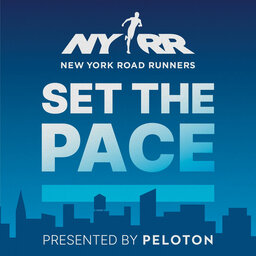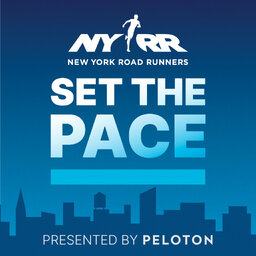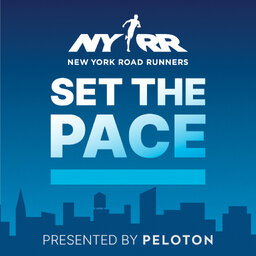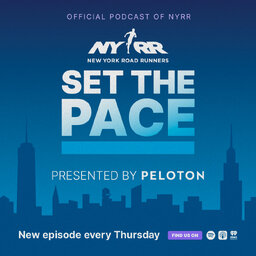Running and Redefining Strength with Shaunta-Maé Alexander
This week, Shaunta-Maé Alexander joins Becs to talk about her path to healing and embracing the sport of running even after living with Crohn's disease and surviving countless medical setbacks, including two episodes of paralysis. Growing up in foster care and enduring abuse, Shaunta-Maé looked to her faith for guidance and turned to sports and acting as outlets to cope and heal. A children's book author, an actress, and mentor, this past March, she completed the United Airlines NYC Half just two years after relearning how to walk. Peloton instructor Tunde Oyeneyin was by her side telling her to, “Pick your head up. I want you to see the beauty around you.” Plus, NYRR member Dr. Jane Yoo a dual board-certified dermatologist, a surgeon, an assistant professor at Mount Sinai, and an AWMM Six Star finisher shares her practical advice for fall marathon training, especially when it comes to sunscreen and skin health.
FOLLOW NYRR: Instagram | Facebook | X | TikTok
SUPPORT: Support the Set the Pace podcast! If you enjoy the show, please subscribe and leave a rating and review on Apple Podcasts or Spotify.
DISCLAIMER
 Set the Pace
Set the Pace


